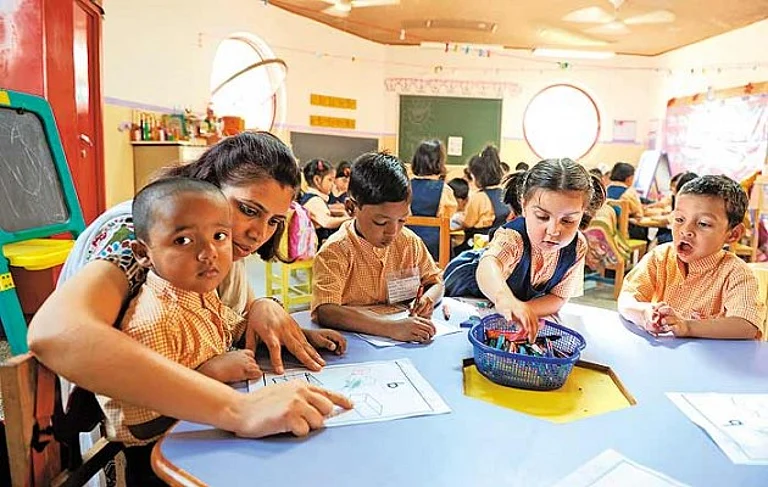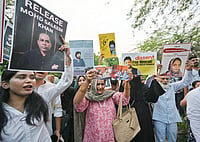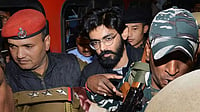The debates on these themes are rich, though sometimes marred by acerbity and polemic. Moreover, we are still dimly aware of the energy that pulses behind the concerted effort to create, in the late ’80s and early ’90s, a Hindu rashtra through cultural and intellectual homogenisation of Hindu society. Opinions will differ, but an important lesson has to be drawn from L.K. Advani’s statement in early 1992 that, "we are not a dharmik sabha (religious body). We are primarily a political body".
Similar statements from other quarters conveyed the distinct impression that repudiating the agenda of Hindu-Muslim reconciliation, outlined by the ‘founding fathers’ of the Constitution in the aftermath of the Partition, was at the heart of the Hindutva philosophy. Indeed, the planned assault on the Babri Masjid was intended as a big jolt to the secular ideal through a process of ‘Hindu awakening’.
Whatever one might say in retrospect, the vandalism at Ayodhya on December 6, 1992, represented a regressive current, in which brazen intimidation, as witnessed in the riot-torn cities of Gujarat last year, was seen to triumph in full view of the state machinery. "The scenes would return," journalist Dilip Awasthi reported, "like tormented ghosts, to haunt those who were at the graveside to witness the burial of a secular dream." Mercifully, though, most people were sickened by the screams of exultation that accompanied each blow of a pickax, each thrust of a rod, and the collapse of those early 16th-century domes.
The storyline in Ahmedabad and other sites of violence is strikingly similar, and its impact has been almost equally devastating for the Muslims. In a sense, the continuing violence in Gujarat, the latest being triggered off by a cricket ball, cannot be understood without knowing the full impact of the Advani-led rath yatra in September-October 1990. That ‘journey of faith’, starting from Somnath, not only positioned the BJP as a party of Hindu resurgence, it also led to riots, arson, killings and curfew.
Thanks to A.G. Noorani, author-advocate-journalist, we now have a fairly authentic account of what happened on the banks of Sarayu before and after December 6. Dedicated to the memory of C. Rajagopalachari, "a devout Hindu (and) a consistent champion of minority rights", the documents, organised in two elegantly produced volumes, also reflect the ebb and flow of Hindu-Muslim relations in contemporary India. Their range is truly impressive. Although Noorani presents contrasting views, the documents reveal that various interest groups have exploited the Ayodhya tangle to serve their political ends.
Sardar Patel wrote soon after an idol had been surreptitiously planted in the Babri Masjid on the night of December 22-23, 1949: "I realise there is a great deal of sentiment behind the move.... At the same time, such matters can only be resolved peacefully if we take the willing consent of the Muslim community.... There can be no question of resolving such disputes by force."
The sentiments are laudable, and the UP chief minister has recently done well to call the VHP’s bluff. Chances are that Ayodhya’s beleaguered residents have gained a respite until the forthcoming assembly elections; yet, the Sangh parivar should thereafter take its cue from Patel, one of its icons, and eschew its belligerent posture. What its leaders need to do is to bury the past, and set in motion the process of compromise and reconciliation. Barring a few diehards, this is what the country at large desires. Political pundits may think otherwise, but Ayodhya will contribute little to the BJP’s success or failure now or in the general elections next year. If so, the RSS stalwarts will be constrained to tailor their trajectory differently.
The lawyer’s instinct in Noorani comes to the fore in the introduction; but that, I regret to say, affects the smooth flow of his otherwise powerful arguments. Fewer details and citations always make the text a little more accessible.


























